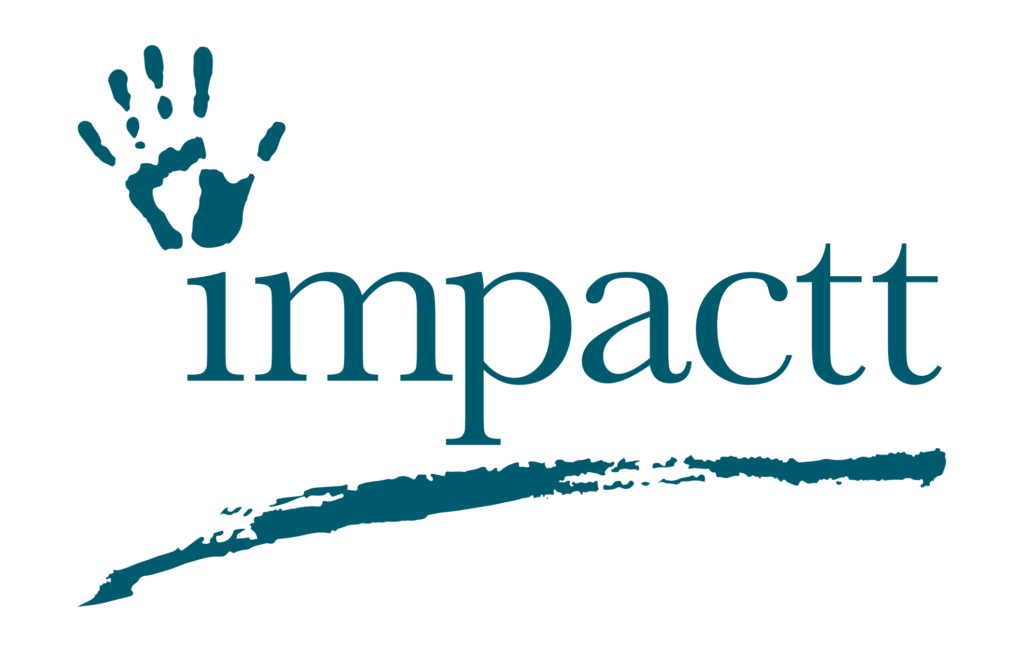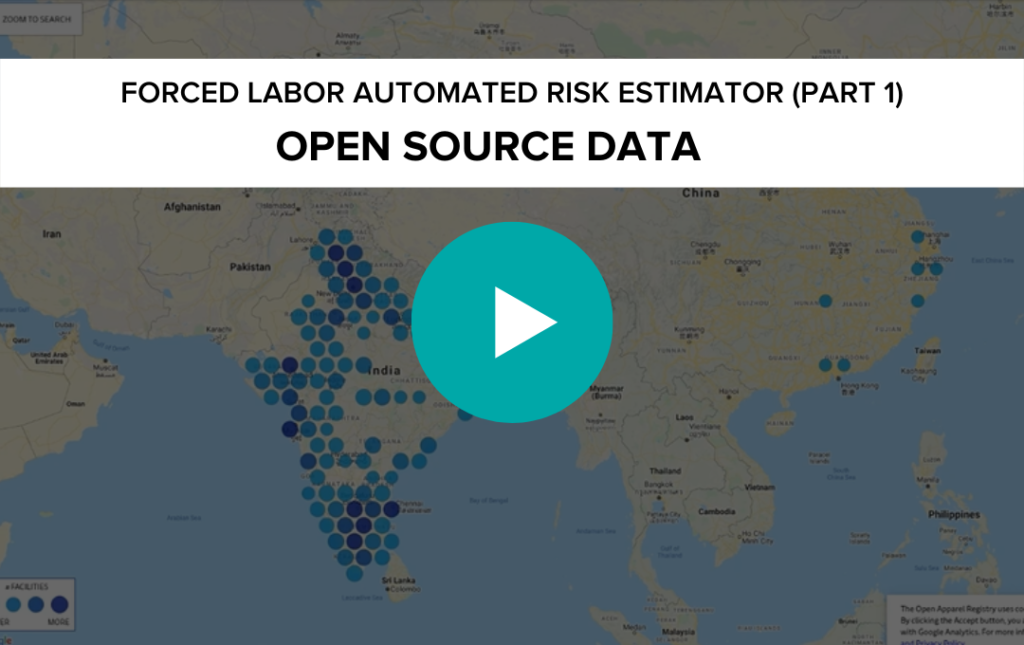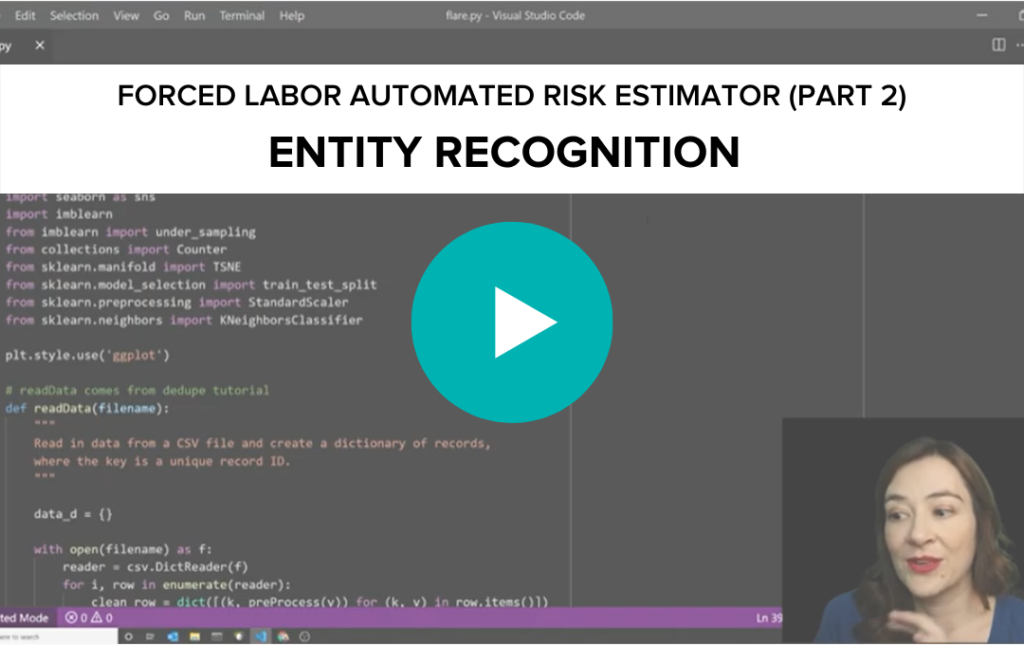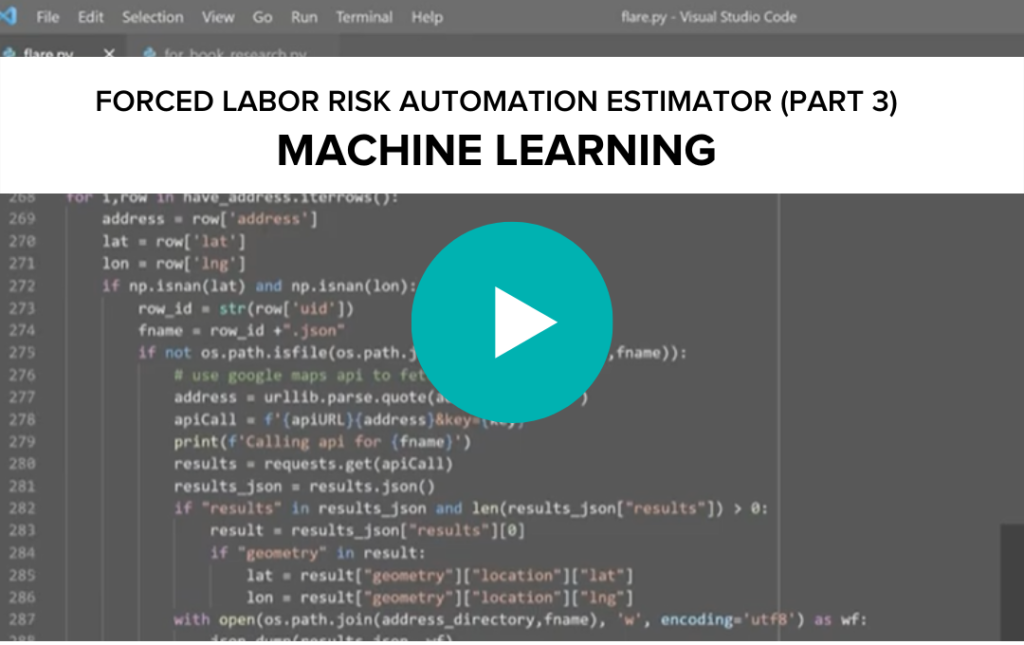FLARE
Harnessing the power of technology to end forced labor
FLARE
Consumers across the globe are increasing their demands for socially responsible goods. Companies, in response, are making commitments to do better- to be more socially and ethically responsible. But as supplies chains have grown increasingly more complex in recent years, companies are struggling to make good on these commitments.
The Forced Labor Automated Risk Estimator (FLARE) is a tool developed by GFEMS to help companies root out forced labor in their supply chains and center human rights and ethical labor practices in business models.
What is FLARE?
Learn more about the award-winning machine-learning based tool that can help businesses predict the risk of forced labor in their supply chains.
How Does FLARE Work?
FLARE follows a five step methodology.
Step 1: open source data is gathered.
In India, we collected data such as registered company’s identification number, address and city, and other known attributes from open- source databases. We compiled a large database of all apparel firms and a second database of only those firms where forced labor had previously been identified.

Step 2: the data is ‘cleaned’ and merged to make it usable.
This step also entails “entity recognition” whereby businesses that operate under the same corporate umbrella are identified. Entity recognition automatically links companies that share unique attributes but that might not be identified through ordinary data merges- for example, “ACME Inc.” and “ACME Incorporated.” It also identifies companies that may have changed names but have the same address.

Step 3: the data is processed through a machine learning algorithm.
Here, all firms are assigned a binary value. For instance- if the firm is predicted to have forced labor, it gets a value of 1. Values are assigned by algorithmically comparing the attributes of firms known to have used forced labor against those of each firm in the database.

Step 4: the predictions are internally validated.
Predictions made by the algorithm are then compared against firms where it is known in fact whether forced labor has occurred. The model calculates the overall rate of false negatives and false positives to determine the predictive accuracy for each iteration.

Step 5: the predicted risk is classified.
The model sums up the number of times out of 200 iterations that each firm received a score of 1 to provide an overall score on a scale of 0-200. This score indicates the overall risk level for each firm in the database.

But Does It Work?
To test the model, the Fund recruited Impactt, an award-winning ethical trade consultancy that works to improve labor conditions to benefit workers and businesses alike, to independently validate the Fund’s results. Impactt conducted site visits at eight of the 200 firms classified by FLARE to assess labor practices using the International Labor Organization’s 11 forced labor indicators. Impactt’s assessment found FLARE was accurate in predicting forced labor in 75% of cases.
FLARE is available under an open source license.
To access the code, see https://github.com/ShannonGFEMS/FLARE/pulse
The developer also released a series of videos with guidance and tips for implementing the code. Click above to learn more.
The Promise of Machine Learning
In today’s global economy, multinational companies must be able to manage networks that span across continents and include thousands of suppliers. Without some degree of automation, it’s a near impossible task. It simply takes too much time and costs too much money.
Artificial intelligence- machine learning in particular- allows companies to scan a much larger universe of available data in a far shorter period of time. This data can be aggregated and analyzed at a scale and speed unmatched by humans, enabling companies to conduct more comprehensive and exhaustive assessments of risk in their supply chains. Though a finding of forced labor should ultimately rely on more careful and detailed information, such as social audits or worker voice, FLARE and other machine learning tools serve as critical decision support tools. Where risk exists in every tier of a supply chain, machine learning can help companies prioritize their efforts in the absence of any other good information.
Machine learning solutions are only as good as the data that trains them.
To train a machine learning model, there must be at least two categories of firms in a dataset – for example, low-risk and high-risk. If a tool can only respond to the data it is trained with, then a dataset that includes only high-risk firms gives the model nothing to learn.

However, gathering data in contexts where it is extremely limited, poorly structured, and scattered across sites that do not bear a clear relationship to one another, can be extremely challenging. This was the case for India’s garment industry.
Envisage confronted similar challenges collecting data on labor violations in India’s shrimp processing sector. Finding officially reported cases of forced labor difficult to find, Envisage adopted a broader systems approach, collecting additional data from a wider range of sources and analyzing it to identify common characteristics of companies with forced labor cases in their supply chains.
Developers of FLARE worked with Envisage to understand how the various data sets were found, chosen, and determined as potentially useful, based on the limited amount of information in the sector. This insight informed GFEMS approach to gathering and structuring data and ultimately helped train the FLARE model to better assess labor conditions across company profiles.
To learn more about Envisage’s data collection approach, click here.
The Way Forward
It is not just rising consumer demand for ethically sourced goods that is pressuring companies to take action. In recent years, there has been increasing regulatory pressure on companies to monitor and prevent forced labor in their supply chains. Penalties for goods produced under forced labor working conditions can be harsh and are becoming a very real possibility for companies who fail to conduct due diligence. At a recent GFEMS-hosted event, an executive from a rubber glove company that had been sanctioned with a withhold release order said it had cost their business $40 million, six months of imports, and that it had been the worst thing that had ever happened to him personally.

According to one company executive, a withhold release order cost his business $40 million, six months of imports, and was the worst thing that had ever happened to him.
As pressure from both consumers and regulators continues to mount, businesses must be proactive in their response. FLARE can be a valuable tool for companies to monitor and assess risk of forced labor throughout their supply chains. As an open-source proof of concept, its best path forward is integration into existing supply chain management or broader ESG platforms. For more information on integrating FLARE as part of your supply chain monitoring or social compliance efforts, please contact Mihir Prakash at mihir.prakash@gfems.org
.
FLARE at a Glance
 Unlike other tools that rely on data that is limiting, FLARE works from open-source data.
Unlike other tools that rely on data that is limiting, FLARE works from open-source data.
 FLARE won the Society for International Development Innovation Award in 2020.
FLARE won the Society for International Development Innovation Award in 2020.
 An external assessment found FLARE was accurate in predicting forced labor in 75% of cases.
An external assessment found FLARE was accurate in predicting forced labor in 75% of cases.



